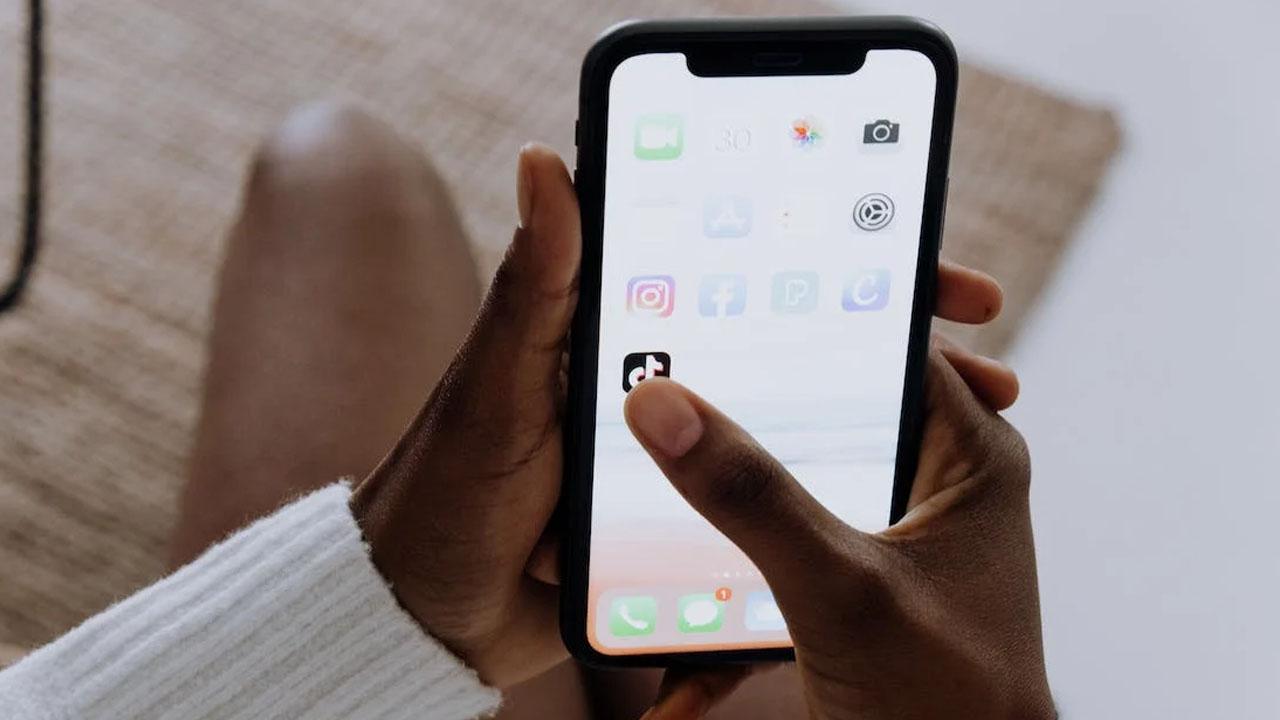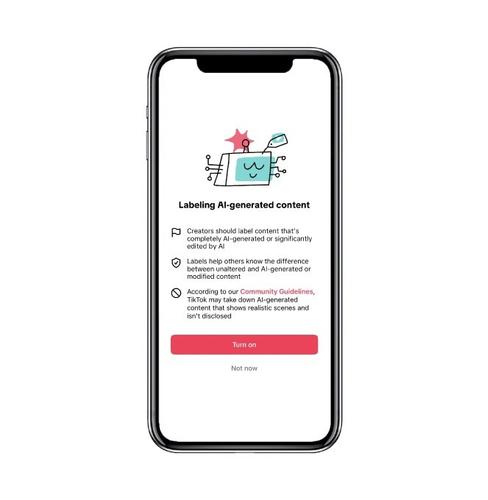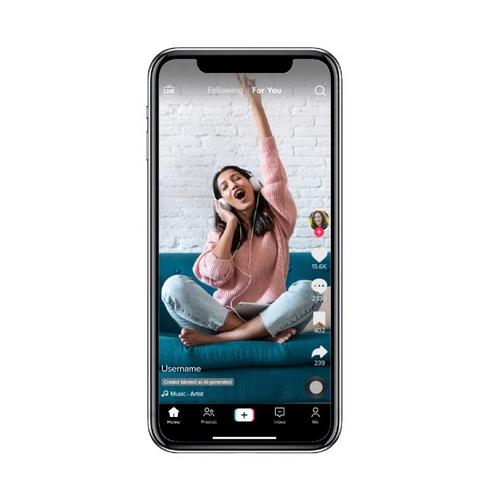
AI creations are increasing substantially as their popularity grows. We have seen this in recent days with an uptick in videos in which the voice of an original video is dubbed and translated, one of the most popular content on TikTok and social networks. In order not to confuse the viewer in case he can give truth to them, from now on there will be ways to distinguish what is real from what is generated with Artificial Intelligence.
Messi, Belén Esteban… In recent days, videos of celebrities speaking English (or other languages) or those in which the voice is used to generate messages that a person has never said are examples of the risk that exists with content generated by AI and how they could make them spread hoaxes and misinformation.
TikTok marks AI-generated content
As the different applications generated by Artificial Intelligence become more and more popular (as is happening in recent days with dubbing and automatic translation tools into other languages), the line between what is real and what is not it becomes more diffuse. That is why TikTok has decided to lend a hand to distinguish what this type of content is.
The ByteDance-owned social network has announced the launch of a new tool for creators to tag AI-generated content. Additionally, you will begin to try other forms of tag AI-generated content automatically.

According to the fashion social network, the need to introduce AI tags was felt because the content generated in this way can potentially confuse or deceive to users. Until now, the position has been that, under the possibility of being removed otherwise, people label AI content that contains realistic images, audio or videos, as deepfakes, to help viewers contextualize the video and avoid confusion. dissemination of misleading information.
Now it goes one step beyond the extreme case of using AI to intentionally deceive users. Some AI-generated content may straddle the line between look real or fake. To clarify these gray areas, thanks to the new labels, users will have greater transparency to know if the content they are viewing has been heavily edited or created with AI. The tool will be available to creators upon uploading the video, although TikTok will not require content creators to retag their previous videos.
Waiting for an automatic detector
When the creator uses the new tool, TikTok will display a message under the username in the video, indicating that the creator has tagged the video as generated by AI. For now, TikTok will not penalize creators for not tagging their content of AI, despite being included in the existing synthetic media policy.
This is because the final step will be to implement the new feature under development to automatically detect and label AI content. They have not yet shared details about how their technology will search for possible AI content, noting that sharing those details could allow cybercriminals to bypass their detection capabilities. However, TikTok said it will test different AI detection models.

The European Union is pushing for platforms to label AI content as a general rule in its fight against misinformation. Europe is preparing to regulate certain practices in which AI may pose a danger to the security or rights of European citizens. Precisely, it seeks to provide a greater sense of transparency so that those who are exposed to content generated by AI know it, including some type of identifier to, for example, distinguish real images from false or artificially generated ones. TikTok is ahead of this regulation and is already halfway there.
As a result of its new push for transparency, TikTok is now also will rename all your effects that use AI explicitly including “AI” in their names. That’s something he previously refused to reveal. In fact, when TikTok’s Bold Glamor filter went viral due to the great technical feat it represented in terms of transforming users’ faces, some suspected that the filter was not using AR (augmented reality), but Artificial Intelligence. However, TikTok declined to answer press questions about whether the product was AI at the time.













